In the realm of retirement planning, few decisions carry as much weight as the management of your 401(k) accounts. As you transition through different stages of your career or encounter life changes, understanding the intricacies of 401(k) rollovers becomes paramount. In this article, I, Courtnie Nein, a seasoned financial advisor, aim to demystify the process and provide actionable insights to help you make informed decisions.
Understanding the Basics of 401(k) Rollovers
A 401(k) rollover involves transferring funds from a previous employer’s retirement plan into a new retirement account, such as an Individual Retirement Account (IRA) or a new employer’s 401(k) plan. This maneuver offers several potential benefits, including increased investment flexibility, simplified portfolio management, and potential cost savings.
Factors to Consider Before Rolling Over Your 401(k)
Before initiating a 401(k) rollover, it’s essential to assess your unique financial situation and consider various factors:
- Investment Options: Evaluate the investment options available in your current 401(k) plan compared to those offered by potential rollover destinations. Look for low-cost investment vehicles and diversified asset classes that align with your long-term financial goals.
- Fees and Expenses: Pay close attention to any fees and expenses associated with your existing 401(k) plan and prospective rollover accounts. High administrative fees and fund expenses can erode your investment returns over time.
- Employer Contributions: Determine whether your current employer provides matching contributions to your 401(k) account. If you’re forfeiting employer matching contributions by rolling over your account, weigh the potential trade-offs carefully.
- Tax Implications: Understand the tax consequences of a 401(k) rollover. Direct rollovers to traditional IRAs or new employer-sponsored plans typically incur no immediate tax liabilities. In contrast, distributions taken directly may be subject to income taxes and early withdrawal penalties if you’re under age 59½.
Best Practices for a Smooth 401(k) Rollover Experience
To optimize your 401(k) rollover process and mitigate potential pitfalls, consider implementing the following best practices:
- Conduct Thorough Research: Take the time to research and compare different retirement account options, considering factors such as investment flexibility, fees, and account features.
- Consult with a Financial Advisor: Seek guidance from a qualified financial advisor who can provide personalized recommendations tailored to your specific financial goals and circumstances.
- Follow Rollover Procedures: Adhere to the rollover procedures outlined by your retirement plan administrator to ensure a seamless transfer of funds and minimize the risk of tax complications.
- Maintain a Long-Term Perspective: Approach your 401(k) rollover decision with a long-term perspective. Consider how your retirement savings strategy aligns with your overall financial plan and lifestyle aspirations.
Conclusion
In conclusion, navigating 401(k) rollovers requires careful consideration and strategic planning. By understanding the fundamentals of the rollover process, evaluating key factors, and adhering to best practices, you can make informed decisions that optimize your retirement savings journey.
As a financial advisor, I’m committed to empowering individuals like you to navigate complex financial decisions with confidence and clarity. Whether you’re contemplating a 401(k) rollover or seeking guidance on other aspects of retirement planning, I’m here to provide expert insights and personalized solutions tailored to your needs.
Remember, your retirement savings represent more than just numbers on a statement—they symbolize your aspirations for a secure and fulfilling future. With proactive planning and informed decision-making, you can embark on the path toward financial independence and retirement peace of mind.
For further assistance or to explore personalized retirement planning strategies, don’t hesitate to reach out. Your financial future awaits, and I’m here to help you make the most of it.


Comments are closed